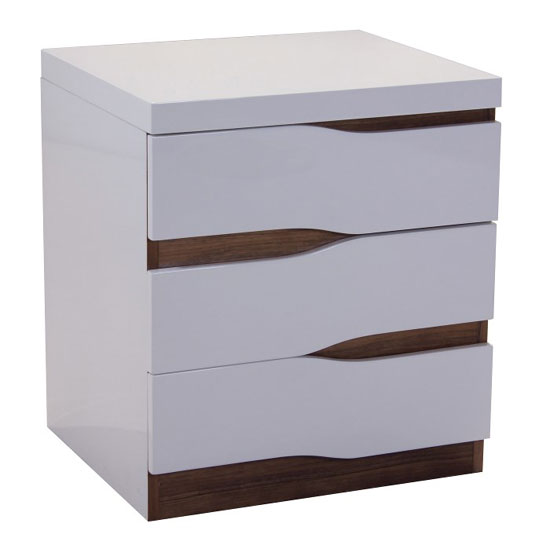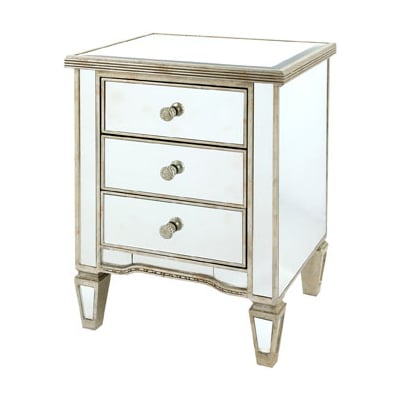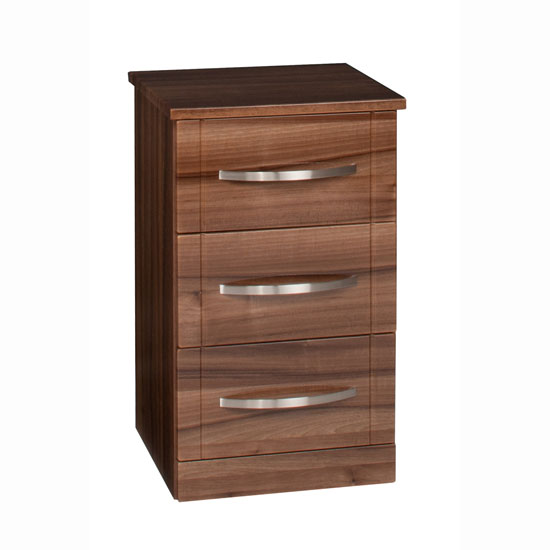Furniture in Fashion Blog
Furniture in Fashion Blog
Furniture in Fashion Blog
For those who like to have an occasional cup of tea or a quick snack in a bed, how to clean bedside tables is often a pressing question. And, of course, a lot depends on your furniture — to be more precise, on its production material. Different surfaces get messy differently, just as different materials require different approaches to cleaning. Here is a quick guide on how to clean bedside tables depending on their production material:
Wood
Wood should be protected from moisture, which is why any time you set to clean wooden surfaces, you should wipe any water spills dry. On the whole, it is possible to use a cloth, dampened in soapy water and a dry soft cloth afterward. However, if you would like to quickly remove cup rings, you should better mix olive oil and vinegar in equal proportions and apply the mixture to a stain for a couple of minutes. Olive oil can also be used as a natural wood polisher — you don’t have to buy expensive one, even the cheapest oil will do. Pure vinegar is another means of removing old tough stains. The most important thing to remember while cleaning wooden bedside tables is to choose only the softest fabric and sponges you can find.
High gloss
High gloss does not get stained very easily, which is great given how delicate this finish is. While good can technically be wiped with paper towel, you should better use really soft sponges with high gloss surfaces. Another thing to remember it to wipe the surface really dry after you are done with cleaning. The latter one is quite simple, though — you can use either soapy damp sponge for regular cleaning and maintenance, or wipe the surface with alcohol if the stain is hard to remove.
![]()


Glass
Glass is resistant to moisture and the only challenge while cleaning glass surfaces is avoiding the streaks. On the whole, you can use any ready made cleaners you like. If there is nothing at hand at the moment, you can wipe the surface with white vinegar. Hot soapy water is another alternative. After you are done cleaning, use paper to wipe dry the piece. Thick paper towels are good enough for the job. An old newspaper, however, is even a better, more effective solution. If you use newspaper, be careful with your hands — even better, wear gloves. Paint will not get on the glass, but it can easily get on your hands — and, if you are not careful, even on your bed and walls.
Marble
Marble is another example of surface that does not require delicate cleaning. Even though many people advice against using acids on marble, there is absolutely nothing wrong with that — marble, too, can be efficiently cleaned with vinegar, or vinegar mixed with water. However, you will not likely need a mixture like that — most of the time, soapy water is more than enough to clean bedside cabinets with marble top. If there is a tough stain on your bedside table, apply a bit of baking soda to the spot.



No Comments